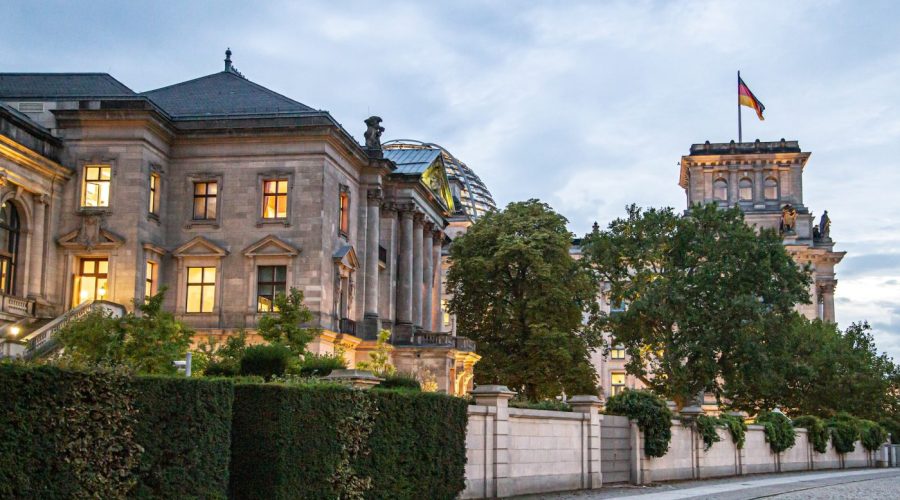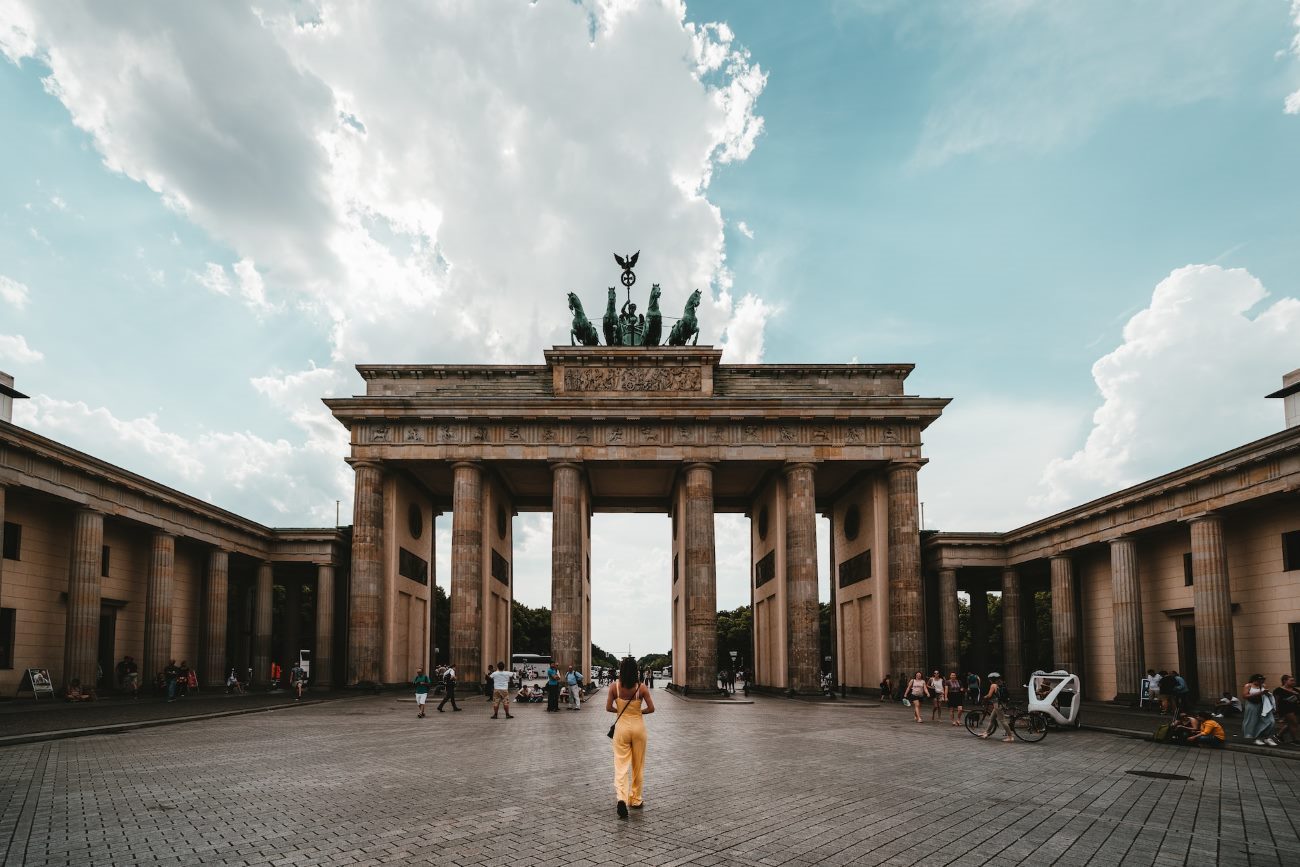Why is the New Synagogue in Berlin, Germany such an important cultural landmark?
Introduction
Berlin, the capital city of Germany, holds significant historical and cultural importance. One of many notable landmarks, the New Synagogue is a striking emblem of the city’s sufficiently rich Jewish legacy. Although badly damaged in World War II the synagogue was restored and has become a symbol for strength, diversity and memory. In this blog post we will look into the story and architecture and culture of New Synagogue Berlin.
History
The New Synagogue, or Neue Synagoge as it is known locally, was constructed in the late 19th century and completed in 1866. It was built according to sketches made by the prominent architect Eduard Knoblauch in a style of Moorish and traditional German architecture. In its early years, the synagogue turned into an institution of religious life for Berlin’s Jewish community, which then amounted to one of the largest Jewish communities in Europe.
Unfortunately, the New Synagogue was struck during the Kristallnacht, a brutal pogrom against Jews in 1938. The fire additionally damaged the interior with loads of arson as well. Yet, although the synagogue was devastated, the synagogue’s façade surprisingly survived World War II.
Architecture
The architecture of the New Synagogue is a mix of several styles, a reflection on the wide always varying influences on the Jewish community life in Berlin. Notably inscribed is the rare domed roof topped with elaborate ornate design elements based on Islamic and Moorish motifs. The façade is made from red-brick walls with ornately decorated windows and arches that blend eastern and western architectural styles.
The inside of the synagogue originally had ornate decorations, most notably of which was the large main praying room having intricate decorations, monumental pillars and big chandelier. While much of interior was lost in destruction, restoration work of recent years has restored some of former splendor.
Cultural Significance and Restoration
After the war the New Synagogue deteriorated in the time of the division of Berlin. However, in the 1980s and 1990s renovation efforts started to keep the synagogue as a cultural monument and memorial to Germany’s Jewish past. The newly restored New Synagogue was reopened in 1995 and served as a symbol for reunited Berlin and for a thriving Jewish community.
Today, the New Synagogue has become a cultural-educational center with the museum for Jewish history located within the building. Guests can discover its displays that feature displays, exhibits, and written records, concerning the time of the Jews in Berlin. The synagogue also performs concerts, lectures and events aiming to make interfaith dialogue and cultural understanding.
Conclusion
The New Synagogue in Berlin is not only a work of stunning architecture but also of brave emblem of survival and remembrance. Its marrying of architectural styles and its importance in history make s a must see cultural landmark. If you are interested in history, in architecture, or conversation across faiths, than the New Synagogue it gives you an enrichment and meaningful and significitive experience.
Table of Contents



